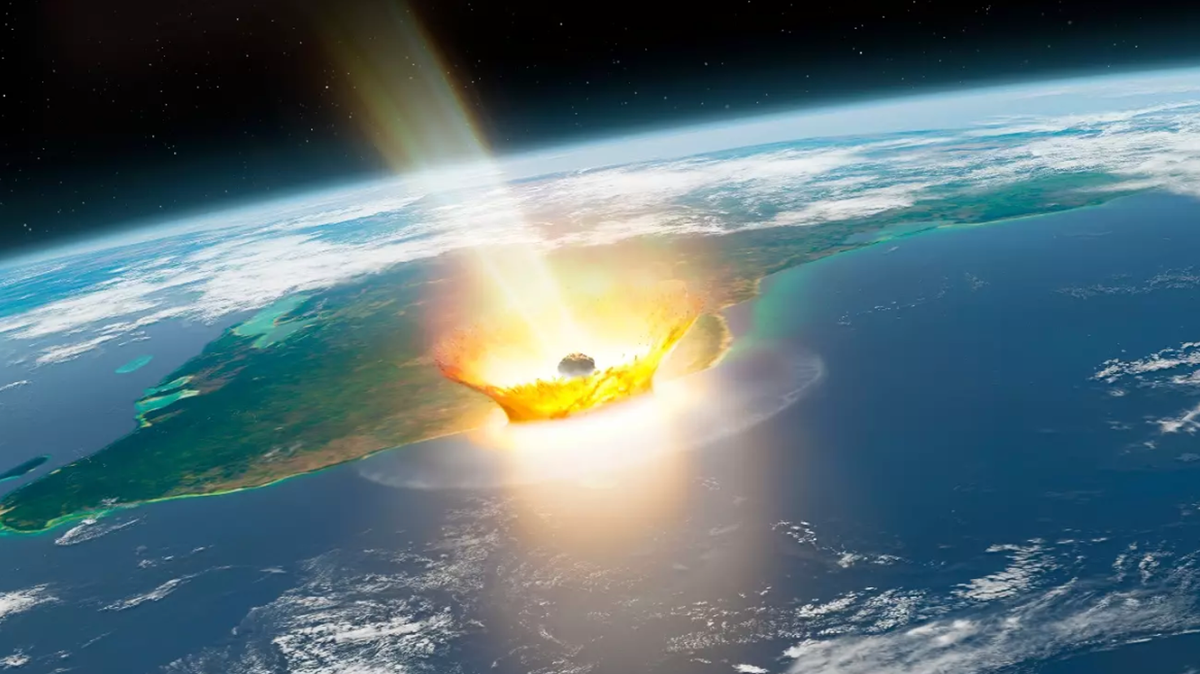Texans living around the San Jacinto River Waste pits, a toxic Superfund site, suffer from abnormally high rates of certain types of cancer, a study has found.
The Texas Department of State Health Services (DSHS) released its findings on an area of East Harris County in its "Assessment of the Occurrence of Cancer" earlier this month.
Newsweek has contacted the state DSHS and the Environmental Protection Agency (EPA), via email, for comment.
Why It Matters
While the Texas DSHS said the research was "not intended to determine the cause of the observed cancers or identify possible associations with any risk factors," the findings have led to renewed calls for a cleanup of the Superfund site (a contaminated location that requires cleanup due to hazardous waster pollution).
What To Know
People living in a 250-square-mile area of Harris County had rates above the expected range for cervix uteri cancer, leukemia, lung and bronchus cancer and lymphoma between 2013 and 2021.
During that period, there were 155 observed cases of cervix uteri cancer, above the 131 expected cases. With leukemia, there were 304 cases, over the expected 93.7 cases, some 1,218 cases of lung and bronchus cancer, compared to 1,040.1 expected cases and with lymphoma there were 437 cases, over the expected 394.4 cases.
Other all-age and childhood cancer types were either statistically lower or within the range of what is expected.
The Texas DSHS warned against interpreting these results without considering the study's limitations.
It said: "Cancers may be associated with a variety of factors such as genetics, lifestyle, and socioeconomic status. Because cancer is common, cases might appear to occur with alarming frequencies within a community even when the number of cases is within the expected rate for the population.
"Additionally, cancer incidence data are based on residence at the time of diagnosis. As people move, it becomes more difficult to determine whether living in the area of investigation is associated with an excess of cancers, because residential history is not tracked."
The San Jacinto River Waste pits were added to the EPA's National Priorities List for cleanup under the Superfund program, which ranks "the nation's most serious uncontrolled or abandoned hazardous waste sites."
Up to 200,000 cubic yards of highly toxic waste was dumped into the pits and then eroded, after the site was built in the 1960s to dispose of solid and liquid pulp and paper mill waste from the International Paper Co. and McGinnes Industrial Maintenance Corp.

What People Are Saying
Lynchburg Resident Gene Hennigan, at a press conference reported on by the Texas Tribune, spoke about his wife and son, who died from cancer.
"The list goes on," he said, discussing other people who had been suffering from the illness, "we know the area is a cancer cluster by experience not by a study."
CEO of the environmental nonprofit Texas Health and Environment Alliance Jackie Medcalf said: "Our bodies are toxic soup and we cannot ignore that any longer."
What Happens Next
Medcalf is one of several who have called for this study to trigger action from federal and state officials.
The Texas Health and Environment Alliance is set to meet with the state health department and the EPA this week to discuss the study's findings.









.webp)










 English (US) ·
English (US) ·